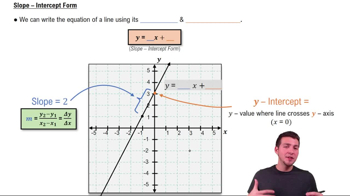Composite functions and notation
Let ƒ(x)= x² - 4 , g(x) = x³ and F(x) = 1/(x-3).
Simplify or evaluate the following expressions.
g(ƒ(u))
 Verified step by step guidance
Verified step by step guidance Verified video answer for a similar problem:
Verified video answer for a similar problem:



 5:56m
5:56mMaster Adding & Subtracting Functions with a bite sized video explanation from Patrick
Start learning